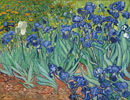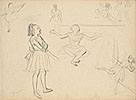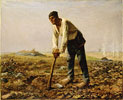8th Grade Gifted Language Arts Lesson Plan Templates Ohio
- Adult Learners
- Higher Faculty and Students
- Yard-12 Teachers and Students
- Kids and Families
- Teens
- Museum Educators
- Virtually the Education Section
| For more than information nearly the program, delight e-mail teacherprograms@getty.edu. | | |
| | | Lessons 1–10 of 41 |
| | ||
| | ||
| | ||
| | | |
| | ||
| A Natural Remainder in Photography and Poesy | |  |
| | ||
| I Spy Irises | |  |
| | ||
| All I Want to Do Is Dance, Dance, Trip the light fantastic toe! | |  |
| | ||
| Connecting to Centennial | |  |
| | ||
| I Am a Hard Worker | |  |
| | ||
| Notwithstanding Life Photography: Daily Life | |  |
| | ||
| Fantastical Beasts | |  |
| | ||
| Pretty Ugly? The Grotesque in Fine art and Poesy | |  |
| | ||
| How to Draw a Still Life | |  |
| | ||
| The Ultimate Desk-bound | |  |
| | ||
| | ||
| | | Lessons i–x of 41 |
| | ||
| | ||
| | ||
| | | |
| | ||
Source: https://getty.edu/education/teachers/classroom_resources/curricula/arts_lang_arts/a_la_lesson_plan_index01.html
0 Response to "8th Grade Gifted Language Arts Lesson Plan Templates Ohio"
Post a Comment